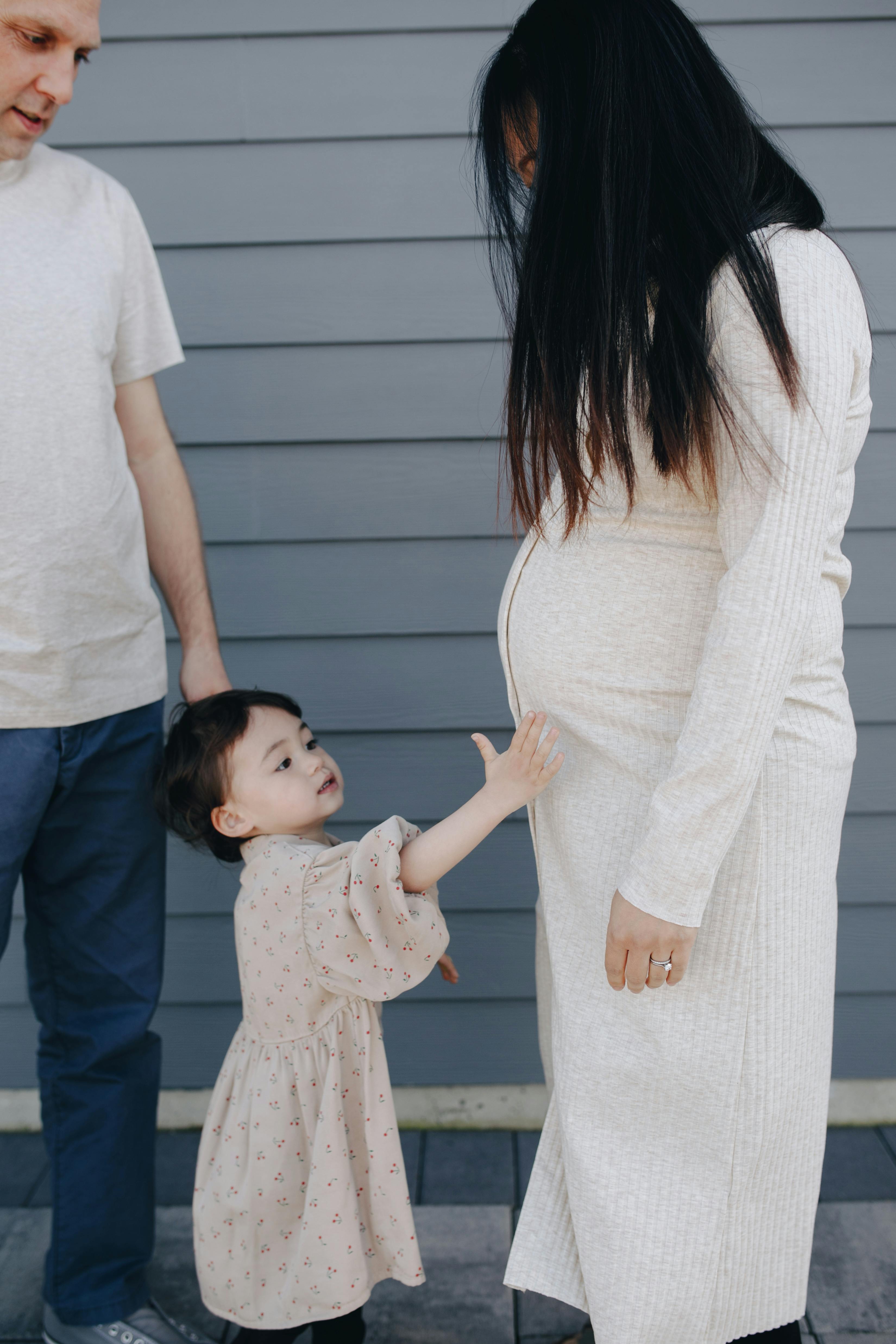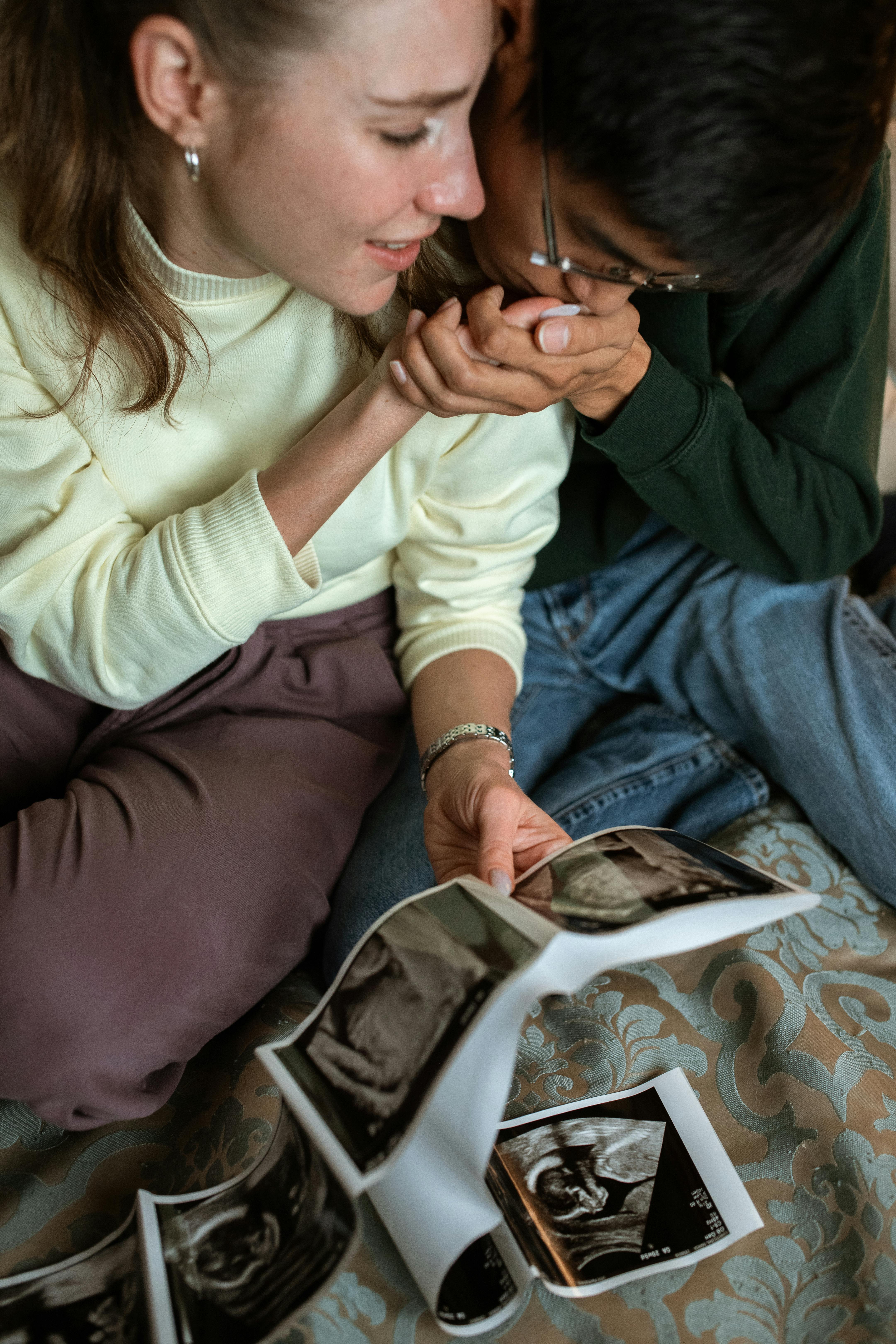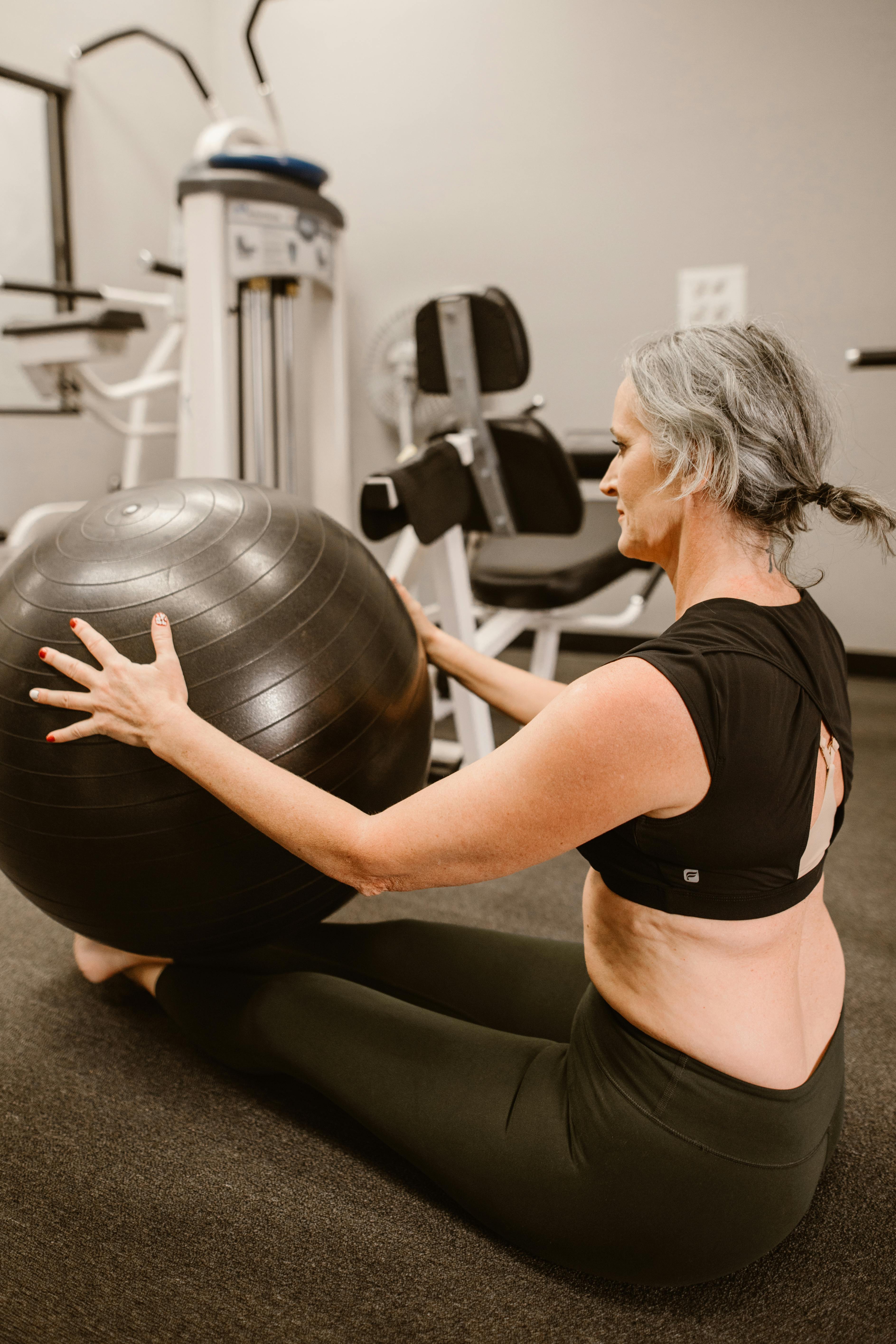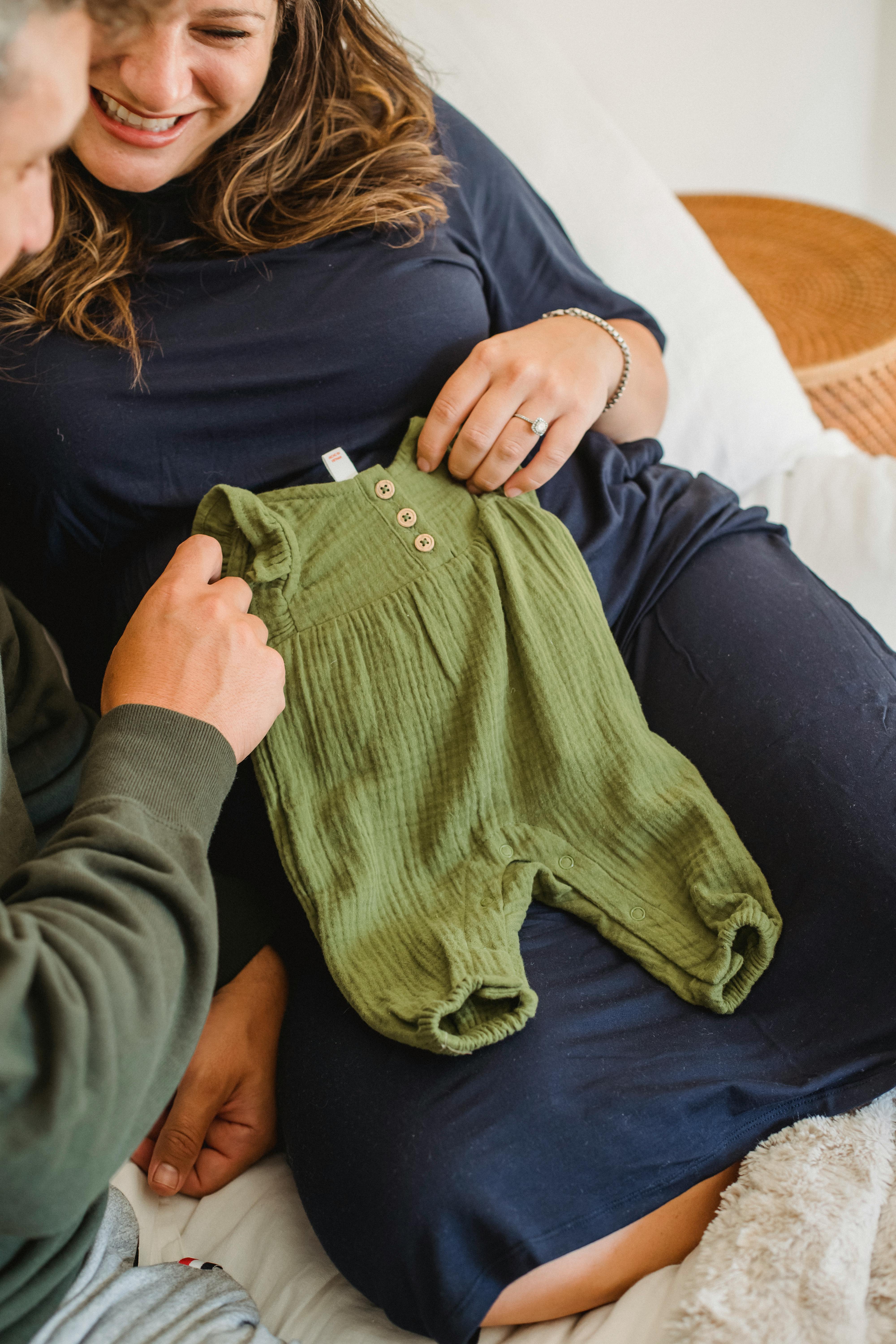Understanding Active Labour and Birth: Essential Tips and Techniques for Expectant Mothers
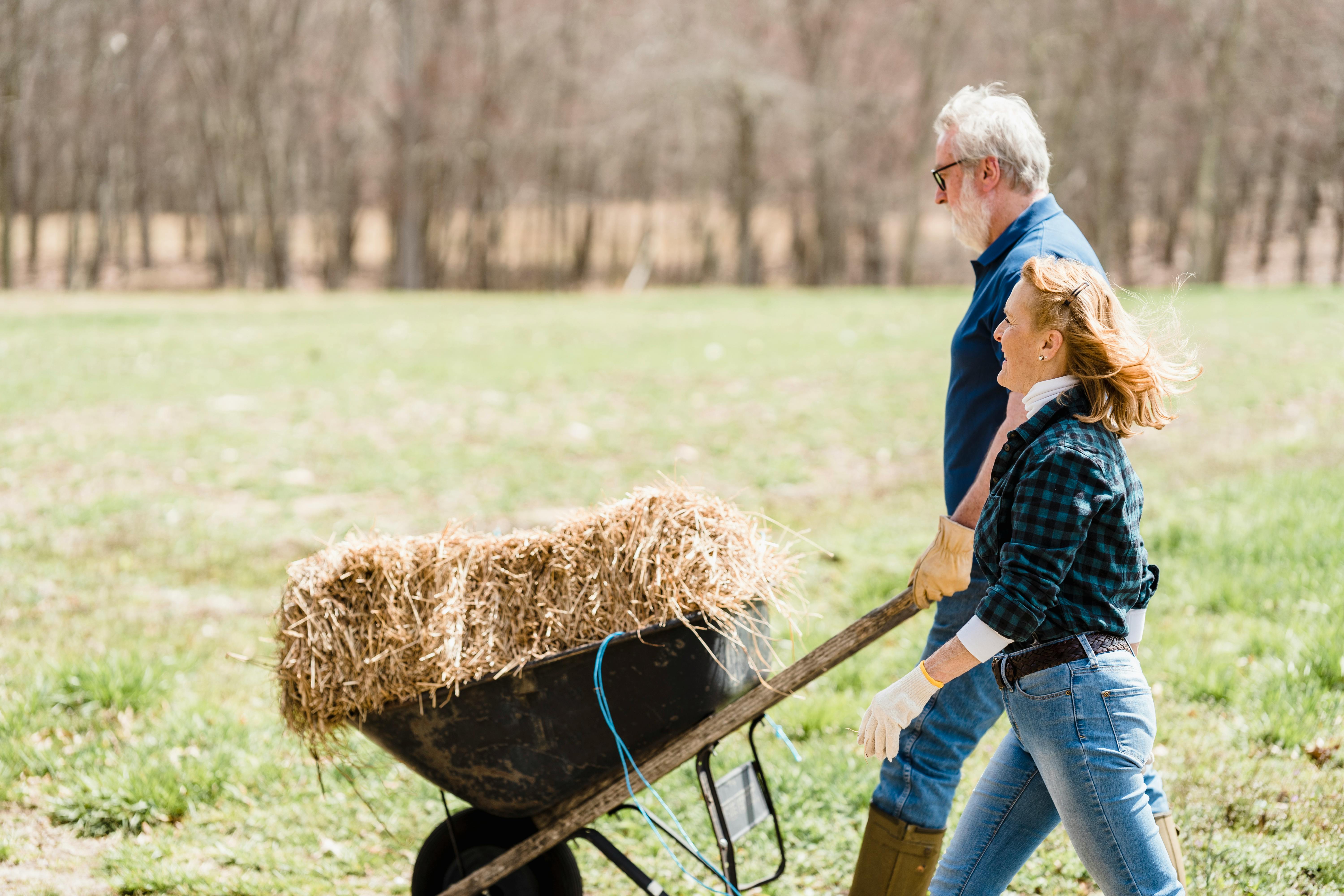
Introduction: Grasping The Importance Of Active Labour And Birth
Childbirth is an awe-inspiring and organic process. It's a universal event, yet every woman's labour and birth experience is uniquely her own. One term hopeful parents come across in their childbirth preparation journey is "active labour". This critical phase of childbirth is often mystified, leaving many expectant mothers nervous and unsure what to anticipate. Deconstructing this natural event and understanding the role of active labour and birth can dispel fears and enhance your confidence as you head into your birthing experience.
The Start of the Journey: About Active Labour
Active labour is a term typically referring to the stage where the cervix dilates from 4 centimeters to around 10 centimeters or 'fully dilated'. It's the stage following early labour, where the real work begins. Contractions during active labour become longer, stronger, and closer together, typically about 3-5 minutes apart and lasting for 45-60 seconds. It's important to note that every woman's experience may differ; some may step into active labour quickly, while others might see a more gradual transition.
Active Labour Signs: Knowing When The Time Is Right
Telling the difference between Braxton Hicks or 'practice' contractions and true labour contractions can be challenging for first-time moms. However, recognising strong regular contractions that become more intense and shorter apart is pivotal. Common signs and symptoms include lower back pain, abdominal pain, a bloody show (loss of the mucus plug), your waters breaking, and increased intensity of contractions in terms of strength and duration.
Benefits of Staying Active During Labour
An active labour approach encourages the mother to move around and change positions to help ease discomfort and facilitate the progress of labour. The benefits of staying active are manifold, including promoting better circulation, aiding in dilation, and helping position the baby optimally for birth. By maintaining upright postures, whether walking, kneeling, or using a birthing ball, gravity assists in bringing the baby down, likely reducing labour duration.
Tips For Navigating Through Active Labour
To prepare for active labour, education and a positive outlook are key. It's beneficial to attend antenatal classes or workshops to learn techniques for managing labour pain and to gain an understanding of your options for when the time comes. Yoga, deep breathing techniques, massage, warm baths, the use of a birth ball and remaining upright and mobile can all be constructive coping strategies.
Using Support Systems Effectively
Involving your partner or birthing partner in your preparations can offer exceptional emotional support while reducing anxiety levels. Family, friends, midwives, doulas or other birthing specialists can also provide valuable help. They offer mental and physical support, like rubbing your back, helping you change positions, ensuring you stay hydrated, and providing comfort and reassurance.
Remembering Pain Relief Options
Although natural pain management strategies can be highly effective, it's essential to remember other pain relief options should you need or want them. These options can include epidurals, gas and air (Entonox), TENS machines, and pethidine, each with its pros and cons. It's crucial that you make informed decisions about your childbirth experience.
In conclusion, the journey to motherhood is a transformative and emotional ride. Understanding active labour and birth equips you with essential knowledge, preparing you for the birthing process. Stay focused, educated, supported and remember your pain relief options. Regardless of how your birth journey unfolds, the endpoint is the same: meeting your precious new arrival. That experience is miraculous and unforgettable, much like the power and strength displayed by women during active labour and childbirth.


